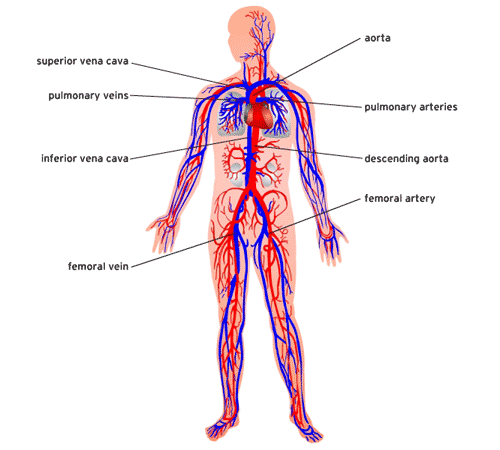This week, the students have been studying digestion through reading, discussion and a video. Here's a diagram:
Of the structures shown above, students need to know the names and functions of the following:
Teeth: Used for grinding food into smaller bits
Saliva: Made in the mouth and used for wetting food and breaking it down.
Esophogus: Moves food from the mouth to the stomach
Stomach: Contains strong digestive acids for further breaking down food
Small intestine: Most nutrients are absorbed through the wall of the small intestine to the blood stream
For excretion, the students need to know the following structures:
Large intestine (colon): Condenses and dries solid waste
Rectum/anus: Used for excretion of solid waste
Kidneys: Clean blood in preparation for liquid waste excretion
Bladder: Stores liquid waste prior to urination
Lungs: Used to exhale carbon dioxide
Friday, December 10, 2010
Friday, December 3, 2010
In Science Class . . . Week of 11/29
This week, the students have started a new unit on living systems. They learned about cells and circulation through reading, discussion and video. Here is a diagram of the circulatory system:
The students do not need to know all of the names of the various arteries and veins; it is more important that they understand the main ideas:
The students do not need to know all of the names of the various arteries and veins; it is more important that they understand the main ideas:
- What are cells? (Small units found in all living organisms)
- What do cells need to survive? (Water, food, gas exchange, waste disposal)
- How do many animals, including mammals, get these requirements to the cells? (Through a circulatory system).
- What are the key components of human circulatory system? (Blood, heart, arteries, veins and capillaries)
- How does the body respond to increased cell needs during exercise? (By increasing breathing and heart rate, the circulatory and respiratory systems can get more oxygen to cells).
- Why do your veins appear blue? (They contain blood that has already "given up" it's oxygen to the cells, so the blood itself is blue. When you cut yourself, the blood immediately gets oxygen from the air, so blood from all cuts is red.)
- How many chambers does the human heart have? (4. The right two chambers are responsible for pumping deoxygenated blood to the lungs, while the left two chambers are responsible for receiving oxygenated blood from the lungs and pumping it to the body.
Subscribe to:
Posts (Atom)

